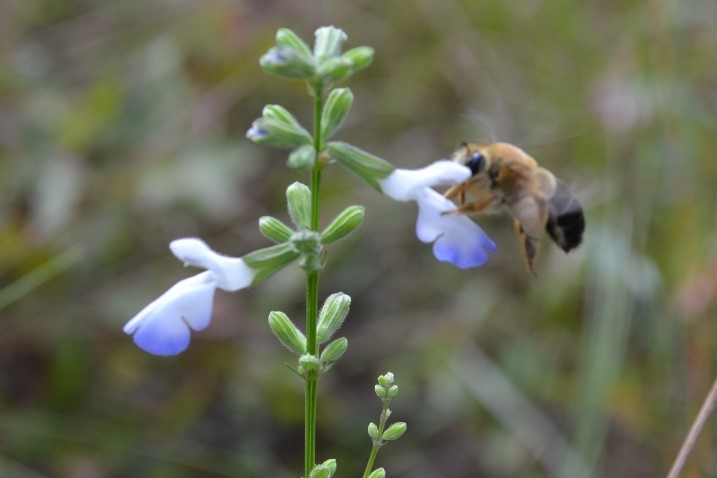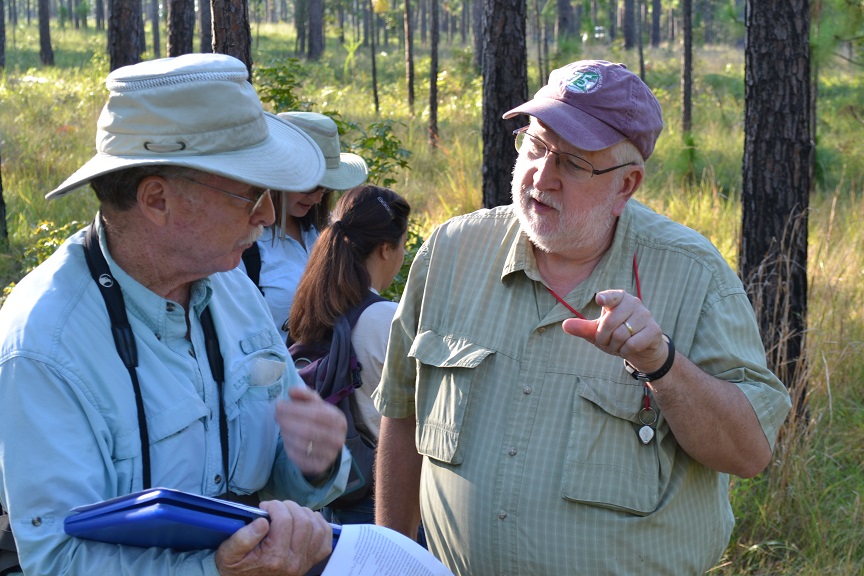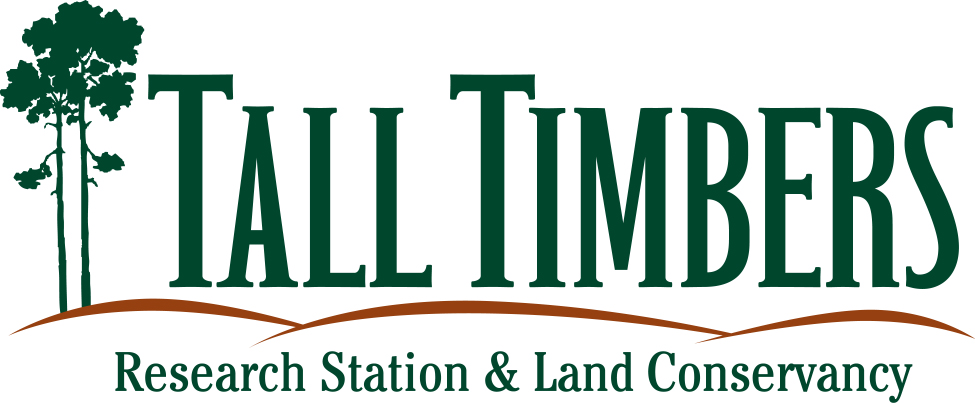Difference between revisions of "Coastal Plain Plants"
Krobertson (talk | contribs) |
Krobertson (talk | contribs) (→Supporting Organizations) |
||
| Line 17: | Line 17: | ||
==Supporting Organizations== | ==Supporting Organizations== | ||
| − | <gallery mode=packed heights= | + | <gallery mode=packed heights=70px> |
File:TT_logo_1.jpg|link=http://www.ttrs.org | File:TT_logo_1.jpg|link=http://www.ttrs.org | ||
File:idigbio_logo.jpg|link=http://www.idigbio.org | File:idigbio_logo.jpg|link=http://www.idigbio.org | ||
Revision as of 23:47, 22 January 2016
Coastal Plain Plants provides current knowledge about the ecology and life history of plant species in the southeastern U.S. Coastal Plain with an emphasis on the Greater Red Hills Region of northern Florida and southern Georgia. Content is provided and updated by expert contributors in the region.
Background
Coastal Plain Plants seeks to compliment existing plant databases by providing a forum for sharing information that is not limited to published literature. A wealth of knowledge is carried by the numerous experts and enthusiasts who observe, photograph, record, and study the relationship between plants and their environments, including habitat, germination requirements, seed dispersal, pollinators, herbivores, responses to fire, competitive interactions, and other life history characteristics. Contributors include plant ecologists, entomologists, plant pathologists, horticulturalists, wildlife biologists, soil scientists, herbalists, and other plant enthusiasts with knowledge of plants in the region.
The emphasis of the website is on the portion of the Coastal Plain centered on the Red Hills Region of northern Florida and southwestern Georgia and including the surrounding area, roughly east of the Apalachicola and Flint rivers and west of the Suwanee River, and from the Gulf of Mexico to Albany, Georgia. This area is geographically and biologically diverse, including "clayhill", sandhill, and flatwoods pine communities, upland and ravine hardwood forests, basin swamps, alluvial wetland forests, marshes, coastal scrub, limestone glades, and other natural communities. A large portion of plant species in the Coastal Plain are represented in this area. Species include those which range from locally endemic to have wide North American distributions.
Consider becoming an expert contributor and help add to the knowledge of plants in the region.






